12 Companion Plants for Mint (With Pictures)
-
Ed Malaker
- Last updated:

Mint is a great plant to have indoors or out, with many varieties that are easy to grow. Mint also provides health benefits and works as an insect repellent, so it’s natural to wonder what plants will pair well with them in the garden. Keep reading as we list several plants that grow well alongside mint so you can be better informed and get a larger harvest from your garden.

The 12 Companion Plants for Mint
1. Beans
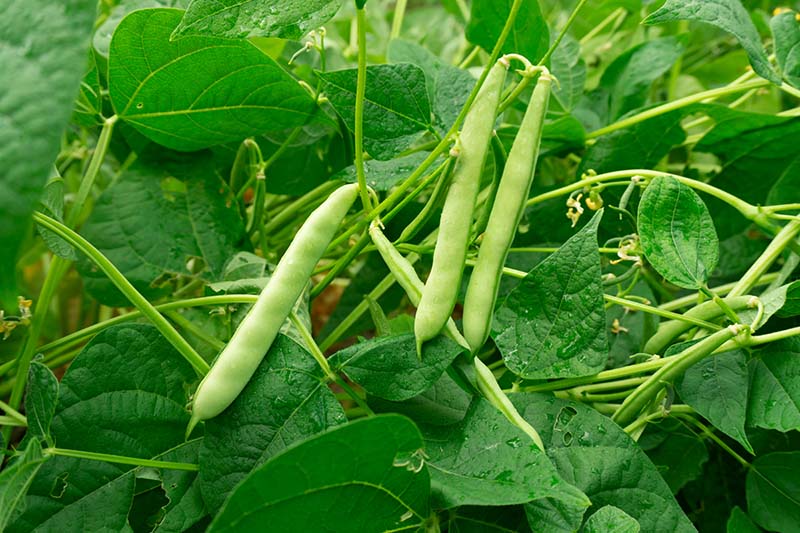
| Benefits: | Mint deters parasites |
Both regular and bush beans are good choices to grow alongside mint because mice and other rodents often eat them both before they have a chance to grow. However, many of these rodents do not like the scent of mint and will move to another location if they smell it nearby.
2. Cabbage, Broccoli, Cauliflower
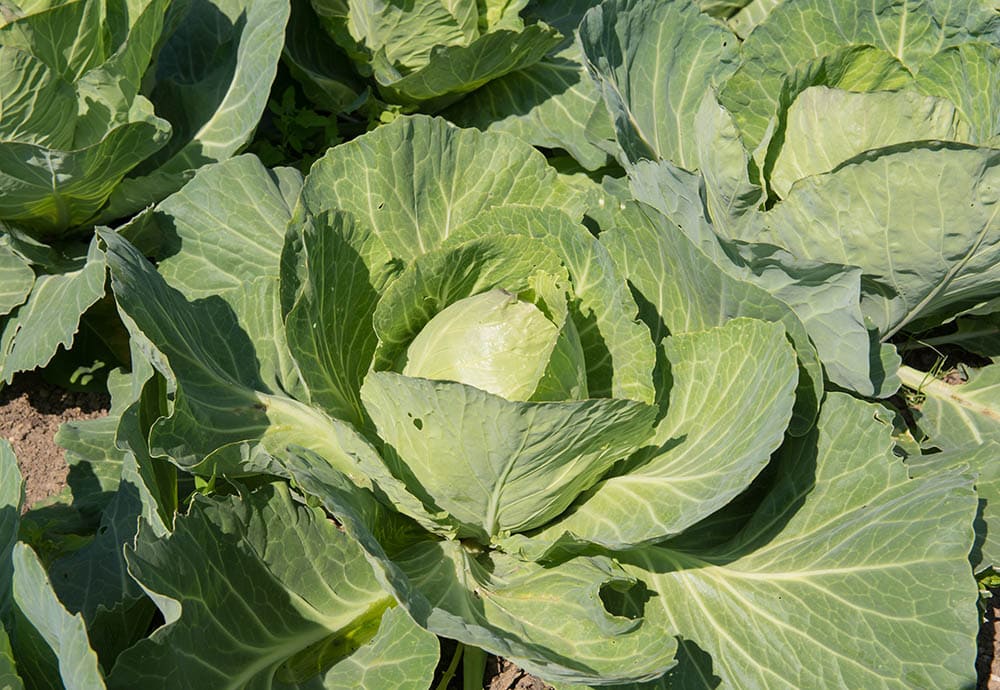
| Benefits: | Deter cabbage moths and flea beetles |
Cabbage, broccoli, and cauliflower grow in a similar soil as mint. These plants are also frequently attacked by the cabbage moth and flea beetle. The flea beetle creates large holes in the plants, destroying your harvest, while the cabbage moth will lay eggs on the underside of the leaves. However, both insects avoid mint plants, and growing some nearby can help result in a larger harvest.
3. Brussels Sprouts
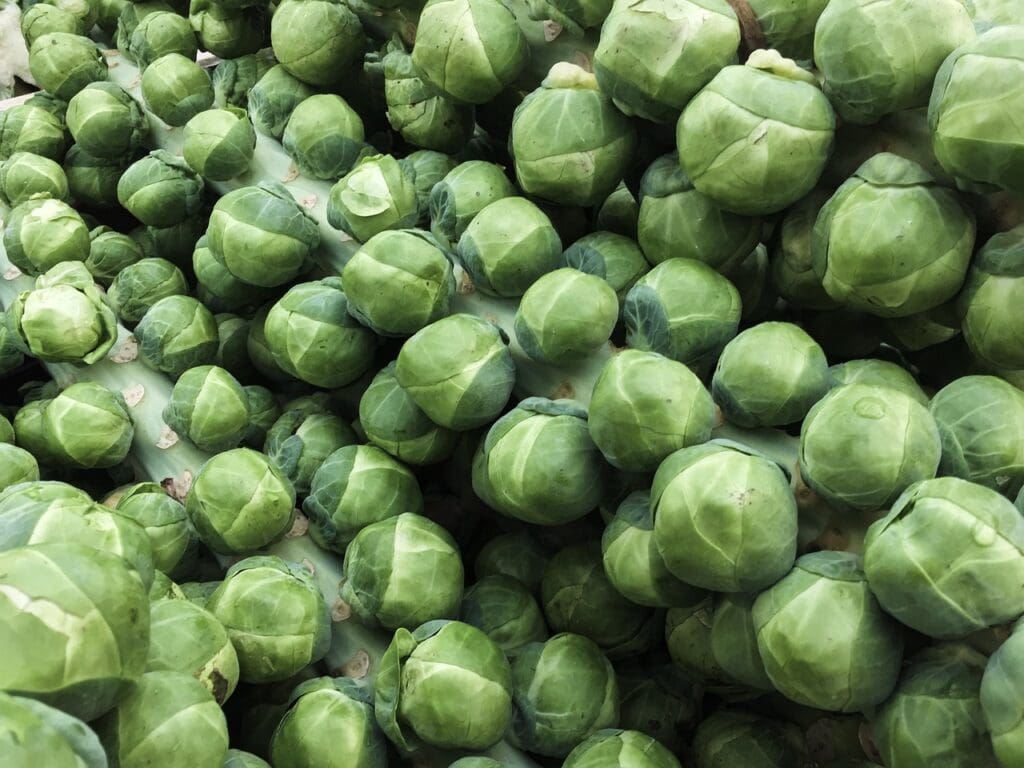
| Benefits: | Deters insects |
The Brussels sprout is a plant frequently attacked by beetles, flies, and other insects that eat the leaves, stems, and fruit. Growing mint nearby will help deter the bugs so the plant can grow and produce a good harvest.
4. Carrots
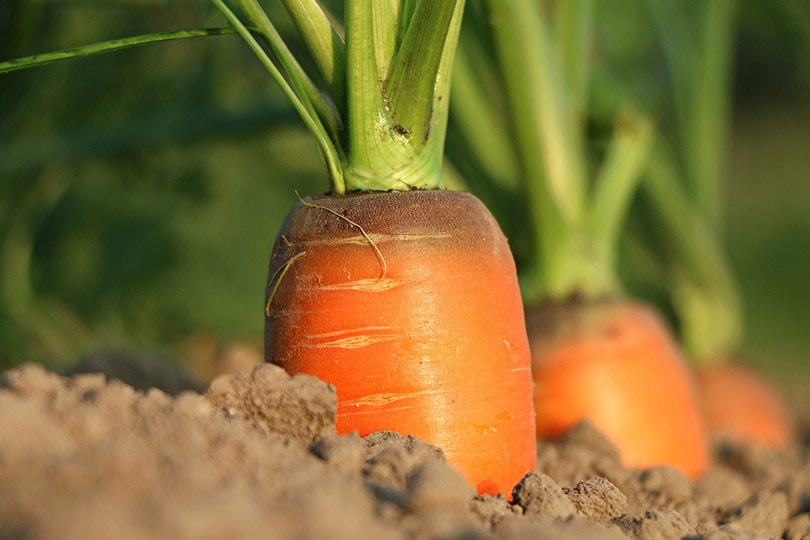
| Benefits: | Mint deters the carrot root fly |
One of the biggest problems with growing carrots in your garden is that the carrot root fly frequently finds them, which can destroy your entire crop. Adding some mint nearby can help repel the flies, giving the carrots a better chance of growing to maturity.
5. Eggplant
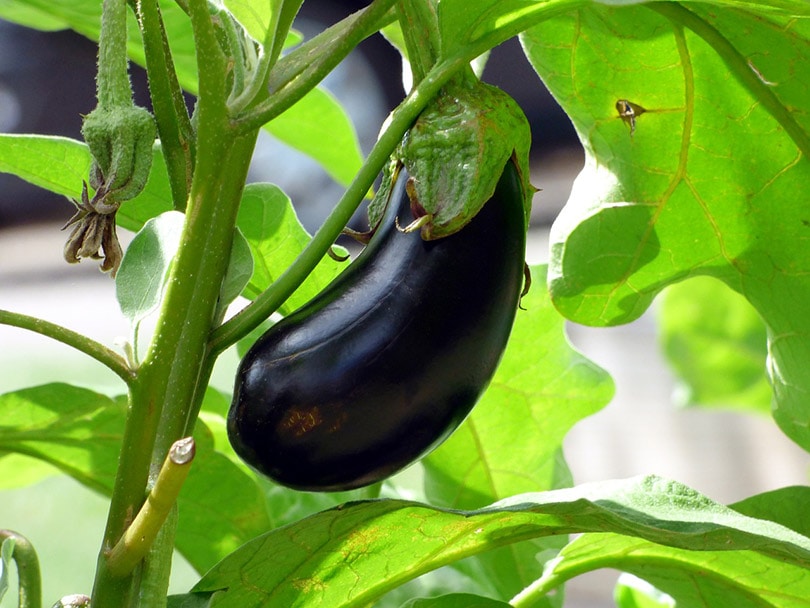
| Benefits: | Deters aphids |
If you have grown eggplant and many other vegetables in your garden before, you likely have seen aphids, especially small clusters of these tiny insects that destroy your plants. Mint does a great job of keeping these insects away, so growing some near your eggplants can help you get a larger crop. The mint will also help keep away rodents that might eat the tasty vegetable.
6. Kale

| Benefits: | Similar growing environment, mint deters beetles |
Kale is a popular garden plant that is often a victim of beetles. Growing mint nearby can work surprisingly well at keeping them away, and it also helps prevent other insects from laying eggs on the large leaves of the kale plant.
7. Marigolds
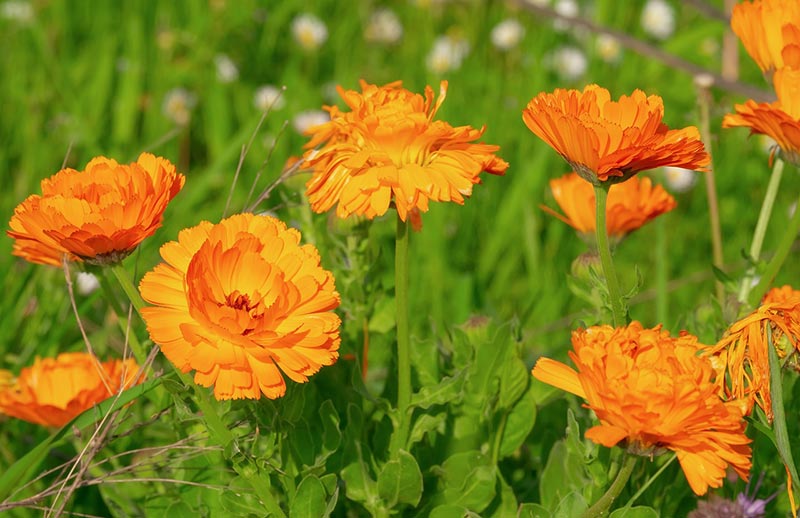
| Benefits: | Repels insects |
The marigold is an excellent choice to pair with mint because the two plants have similar growing conditions, and each helps repel insects and other pests that can damage the plants. Adding both can significantly improve your gardening experience, and the marigolds also help add color, especially in fall.
8. Onions
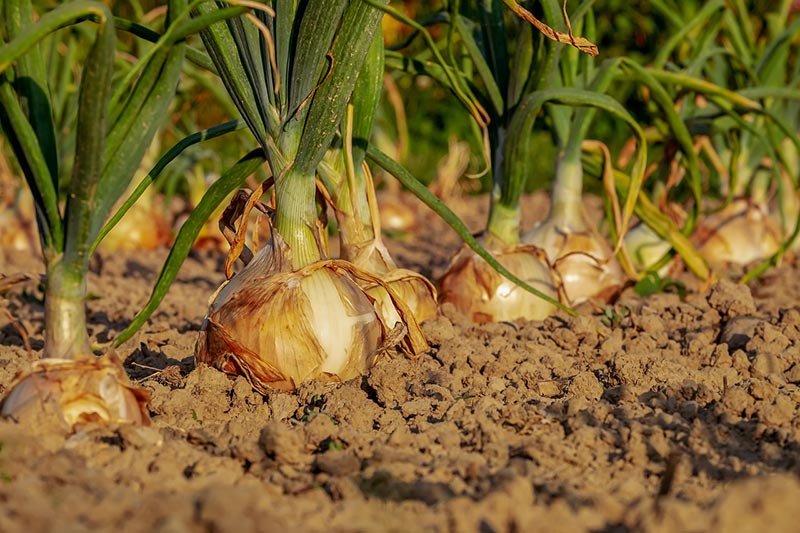
| Benefits: | Repels onion flies |
Onions are fun to grow in the garden, but they have a strong fragrance that can attract insects, including the onion fly, which will damage your plants and limit the quality of your harvest. Mint will help keep these flies away, along with many other insects that might look to feast on your onion plants.
9. Peas
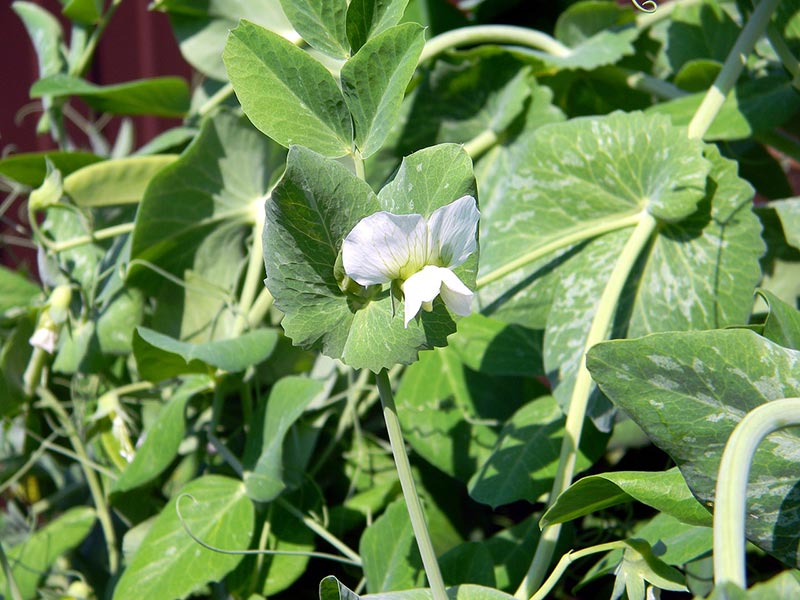
| Benefits: | Repels rodents |
Peas are a common garden vegetable that many rodents like to attack for food, which can significantly limit your harvest. Growing mint alongside these plants will deter rodents without robbing nutrients from the peas. It can also help repel aphids that sometimes attack peas and use the tall plants to access other areas.
10. Bell Peppers
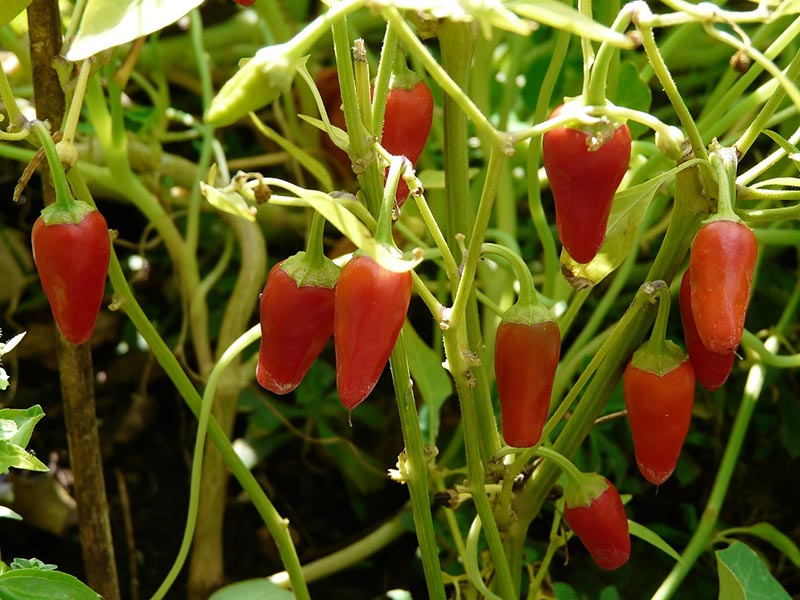
| Benefits: | Repels aphids |
The bell pepper is a garden vegetable that aphids frequently attack and consume. Mint grows well in the same soil as the pepper and will help keep dangerous insects like aphids away so the plant can produce a better harvest.
11. Tomatoes
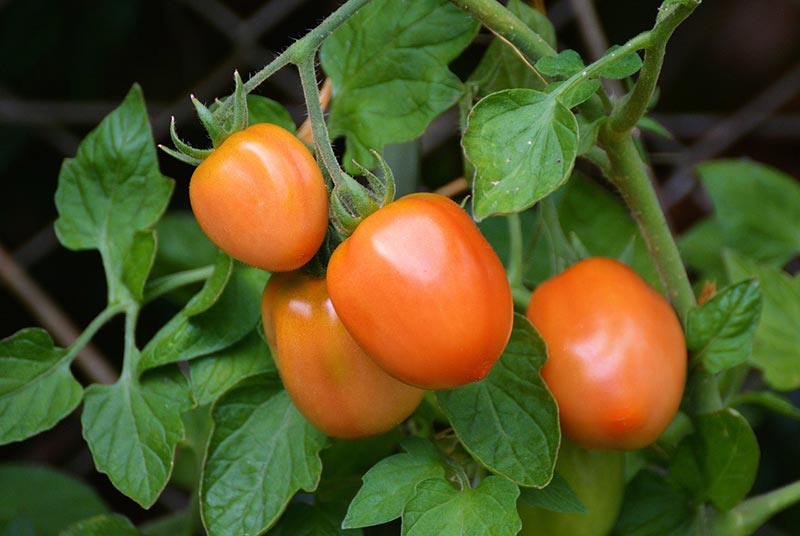
| Benefits: | Repels aphids |
Tomatoes are popular garden plants that destructive aphids frequently attack, and they can be difficult to eliminate without chemical pesticides. However, growing mint nearby can help deter them from coming into your garden and doing damage. Mint also enjoys a similar soil to tomatoes, so they grow well together.
12. Geranium
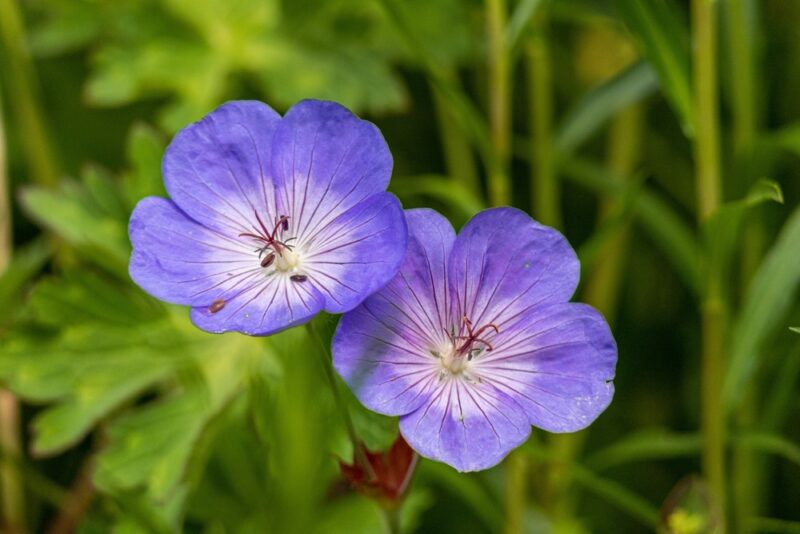
| Benefits: | Similar growing environment |
The geranium and mint grow well together because they enjoy similar growing conditions but won’t compete with each other for nutrients. Geraniums produce several attractive flowers that any gardener will enjoy. They’re also larger than the mint and can help provide shade.

What Are the Worst Companion Plants for Mint?
Lavender
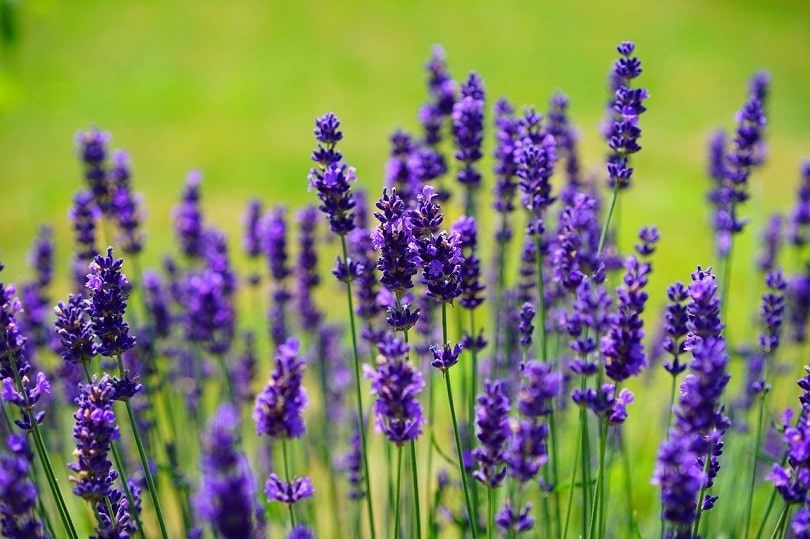
| Differences: | Incompatible growing conditions |
Lavender is a poor choice to pair with mint because it prefers dry soil, while mint enjoys a large amount of moisture, so the growing conditions are incompatible — one plant will always suffer from too much or too little water.
Rosemary
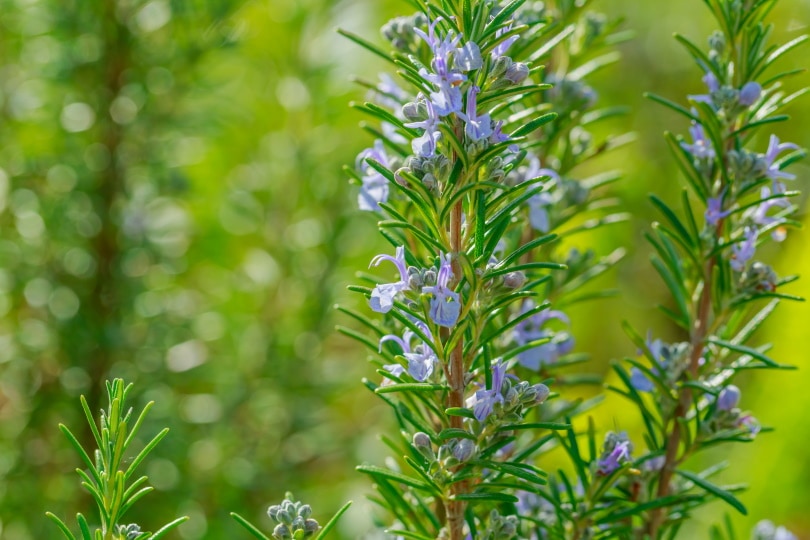
| Differences: | Incompatible growing conditions |
Like lavender, rosemary enjoys dry soil and doesn’t like wet roots, so it won’t do well when growing too close to mint, which prefers frequent watering.
Parsley
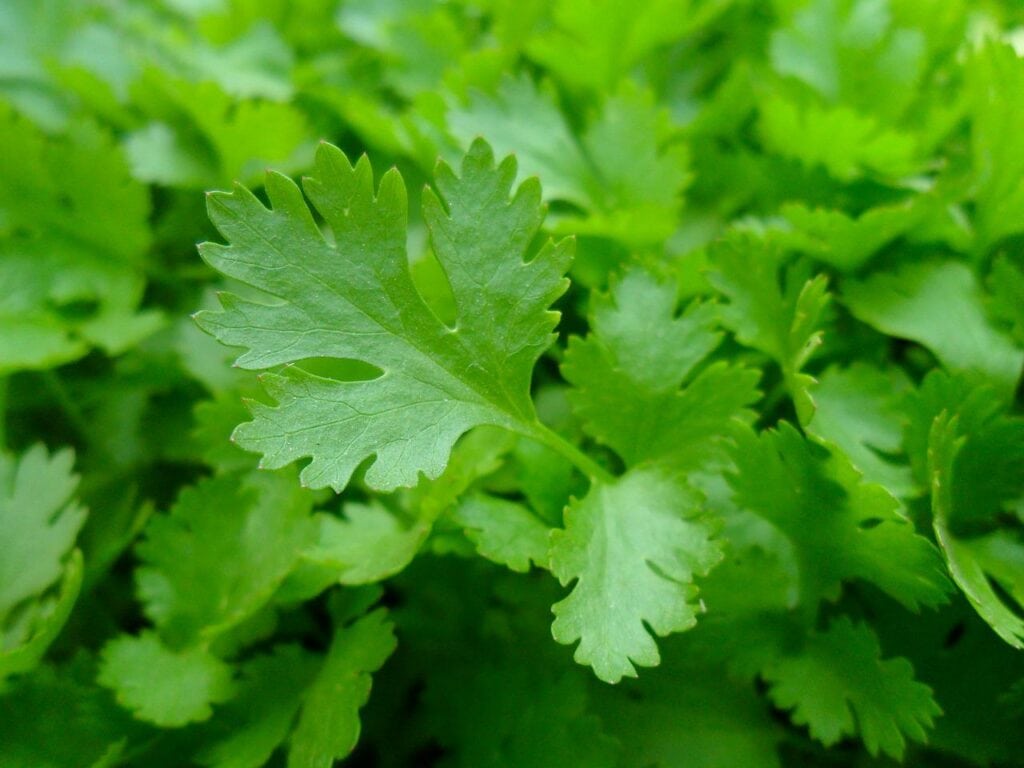
| Differences: | Incompatible growing conditions |
While parsley likes more moisture than rosemary or lavender, it prefers to dry out between waterings, which can damage mint and slow its growth. If you overwater the parsley, it can lead to root rot.
Tips and Tricks for Growing Mint
- Mint likes shade, so choose an area near a tree or tall plant that will cast a shadow on the mint each day.
- Plant your mint in fertile, well-drained soil with a pH between 6 and 7.
- Plant your mint seedlings 18 to 24 inches apart.
- Transplant your mint every 3–4 years to maintain a strong flavor and fragrance.
- Spearmint is one of the easiest mints to grow, so it’s a good choice for beginners.

Conclusion
Mint is easy to grow and isn’t nutrient-hungry, so it pairs well with many different plants, the exceptions being varieties that prefer drier soil, like lavender and rosemary. Many of your garden plants will grow better if you plant mint nearby because it will help repel insects and rodents that might damage them, giving them a better chance of producing a larger harvest. It’s excellent at repelling aphids, so it’s especially useful when growing tomatoes and bell peppers because the pests are difficult to eliminate and can quickly damage your crop. It will also help deter rodents, flies, and beetles that attack broccoli and cauliflower.
Featured Image Credit: photosforyou, Pixabay
Contents